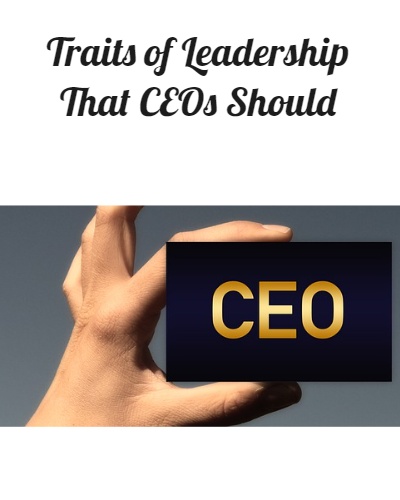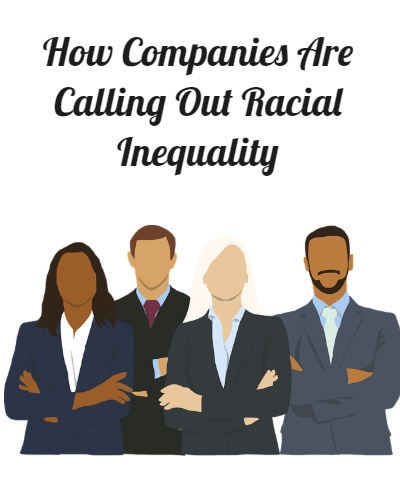Traits of Leadership That CEOs Should Avoid
Meta Description: CEOs who acknowledge they’re portraying poor leadership traits can devise a better way forward. Learn strategies to identify the negative characteristics.
Self-Examination of Bad Characteristics
CEOs tend to concentrate on the positive aspects of their business. But, in the end, it’s the best place to begin when it comes to learning from the past and taking away lessons from mistakes and successes.
However, CEOs can also benefit from being able to spot the signs of bad characteristics of leadership. When they approach this self-examination with a vulnerable and open mind, they can create a more effective way to lead in the future.
5 bad leadership qualities CEOs should avoid:
- You don’t accept responsibility and blame others
An executive’s dedication to accountability for mistakes can boost your credibility and confidence. However, your position and power have nothing to do with your appearance. They are everything dependent on how you work and what you do to your employees.
The leadership is responsible for everything. Therefore, leaders should learn from their mistakes in their decision-making instead of pointing at the wrong person.
2. You act like a tyrant
This is a type of lousy leader that stands by itself. They aren’t leaders; nobody likes them.
Tyrants rarely succeed; harming or insulting others undermines confidence. Influential leaders are dedicated to their contributors as well as the entire team.
Introspection and comparing/contrasting right vs. wrong leaders are one way to consider if you have these leadership qualities and competencies.
3. You don’t actively listen
A good leader always listens, and a lousy leader is not listening. So — Begin by enhancing your active listening abilities with the three A’s of:
- Attitude: Maintaining a positive attitude involves tackling criticism with respect and appreciation that there is something to learn from other people.
- Attention: To be a satisfactory listener, you must have a good concentration span.
- Adjustment: The final point is that the adjustment process is just being open mind to what the other is saying. Stay focused and don’t prejudge.
No CEO would deliberately ignore or dismiss other people’s opinions; however, they might be in the habit of doing precisely that.
4. You’re unaware to weaknesses
Some leaders claim to recognize their strengths and weaknesses, but it’s difficult to spot. Most often, they are due to a lack of action.
Everyone else sees this as well, except for the person struggling to recognize their weaknesses. Self-awareness is a way for leaders to acknowledge their shortcomings. Ask others how you can serve them better in their tasks and abilities. Is there something they would like for you to do better? Their answers may help you see blind spots in your leadership style and allow you an opportunity to improve as a leader.
5. You aren’t keen to keep learning
CEOs, CFOs, COOs, need to be aware of the importance of continual development and improvement, particularly in the ever-changing and complex Company Culture.
One effective way to accelerate your learning as a CEO is to form an inclusive group of peers that allows you to learn from one another’s experiences, gain perspective, and hold yourself accountable for your decisions and the results. Create a plan of action within your group to help you keep on track.
Conclusion
Leadership is the key to the success or failure of any company. This is why these traits must be applied to anyone trying to enhance their skills. Whatever the circumstance, be aware that successful leaders need to exhibit integrity, aptitude, acumen, vision, trustworthiness, and communication abilities to guide their teams to success successfully.
We would love to hear your comments.
Gary Brunson
gary@myclearfocus.com
Debra Rider
debra@myclearfocus.com
574.361.2674
Sustainable Growth & Profit Consultant, Coach, Mentor and Counselor/Therapist for Business Owners and Professionals.




